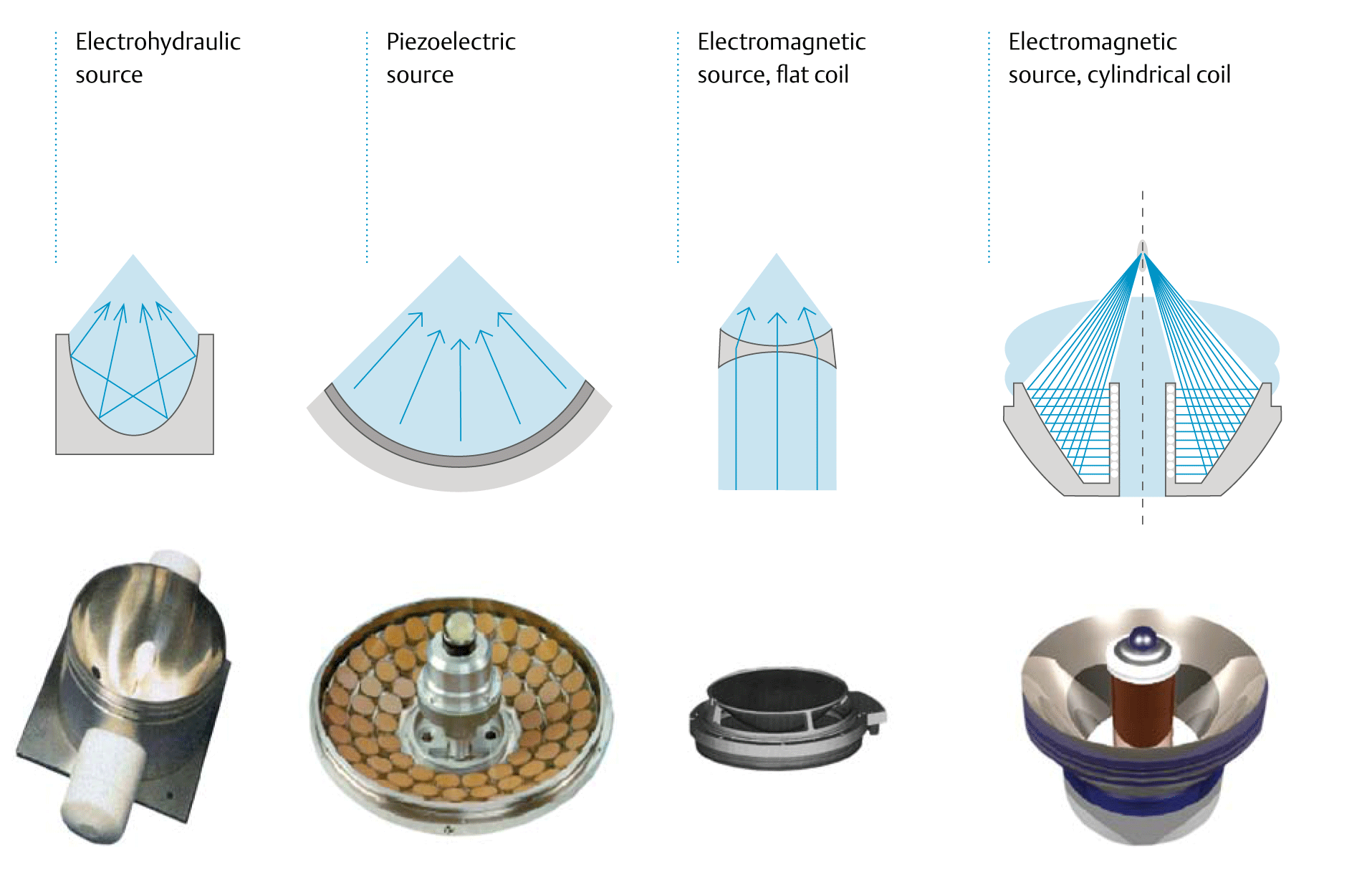

Piezo wave therapy series#
The aim of this study is to evaluate the effectiveness of ESWT in a series of patients presenting to our institution with nonunion.īetween January 2006 to December 2009, patients who were treated with ESWT for non or delayed union of fractures were eligible to be included in the study. The results of treatment of non and delayed union with extracorporeal shock wave therapy have not been consistent, with success rates ranging between 50% and 85%, ,, ,,. In the trauma and orthopaedic discipline, extracorporeal shock wave therapy was used successfully in the 1980s for the treatment of pseudoarthrosis, and more recently in other applications, such as insertion tendonitis, avascular necrosis of the head of femur and other necrotic bone conditions. Since then their application has expanded in a number of medical disciplines, ,, ,, ,, ,,.
Piezo wave therapy skin#
Extracorporeal shock wave therapy (ESWT) is an intense, but very short energy wave which is faster than the speed of sound (1500 m/s), translated past the skin and superficial tissues, and is focused at the desired tissue depth.Įxtracorporeal generated shock waves have been introduced in routine medical practice around 1982 to treat kidney stones. The energy generated by these methods may be: (a) low energy 0.60 mJ/mm 2.īone responds better to high energy, whereas soft tissues respond better to lower energy levels. Piezoelectric shock wave (such as the Piezoson by Wolf). Įlectromagnetic shock wave (such as the Sonocur and Dornier Epos machine).Įlectrohydraulic shock wave (such as the HMT OssaTron machine).

The shock waves could be one of three types, depending on the mechanism they are produced, It has high peak pressure and short life cycle of about 10ms.It has broad frequency spectrum in the range of 16–20MHz. No local complications were observed.Ī shock wave can be defined as a sonic pulse with certain physical characteristics. Failing sites were shaft of femur, scaphoid, neck of humerus and neck of femur. Failure in the remaining cases was due to more than 5 mm gap, instability, compromised vascularity (type of bone) and deep low grade infection which was discovered at the time of surgical intervention when no signs of radiological healing occurred after 6 months from treatment. Union was successful in 75.5% of cases at a mean time of 10.2 months (range 3–19). Thirty eight non-union sites had one session of treatment and the rest (11) had more than one session. The average time from initial fracture treatment to intervention with ESWT was 11.9 months (6 months to 5 years). Most common sites involved were the femur and tibia. Clinical and radiological assessment was performed at regular time intervals with a minimum follow up of 18 months.

We have used the principles of extracorporeal shock wave therapy (ESWT) in the treatment of nonunion of fractures in 44 patients (49 bones).There were 35 males and 9 females with a mean age of 34 years(range14–70).


 0 kommentar(er)
0 kommentar(er)
